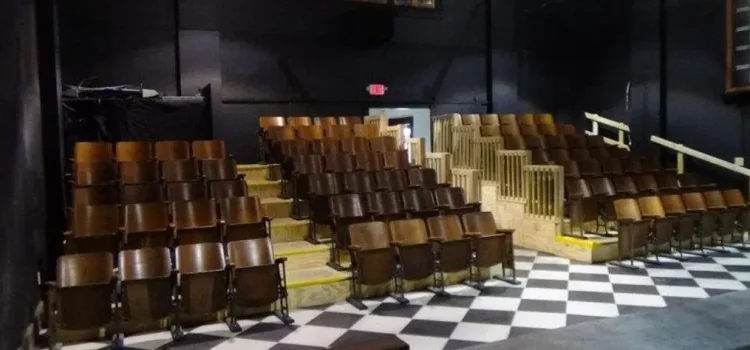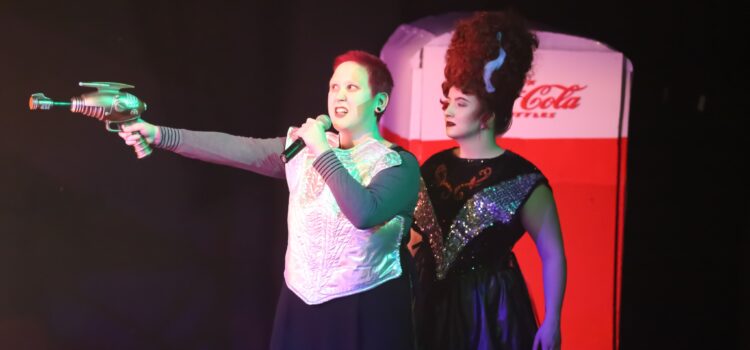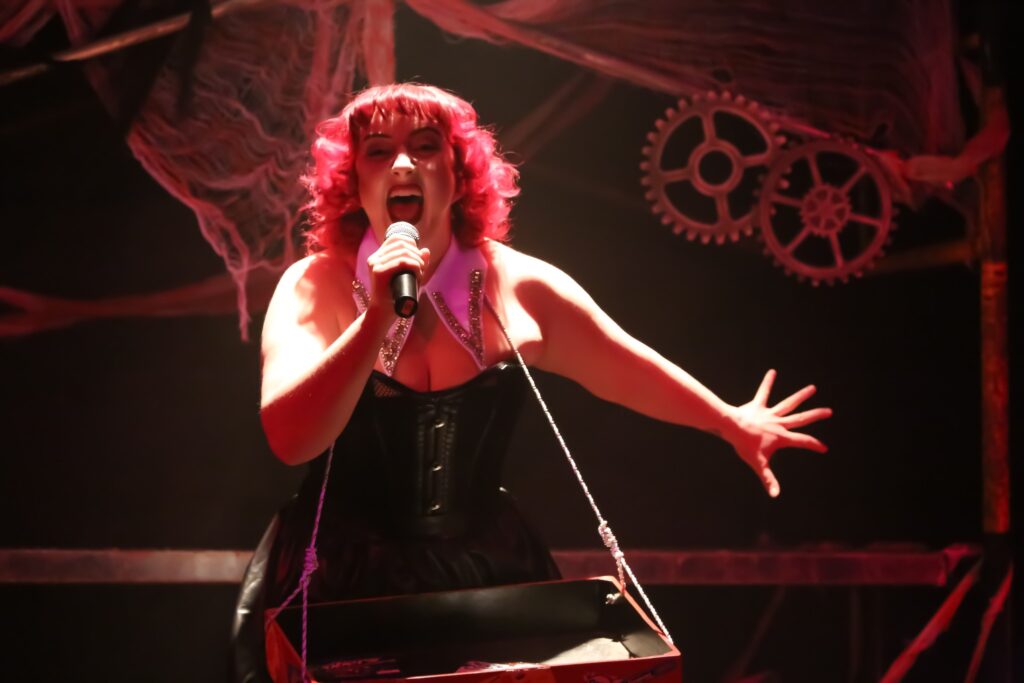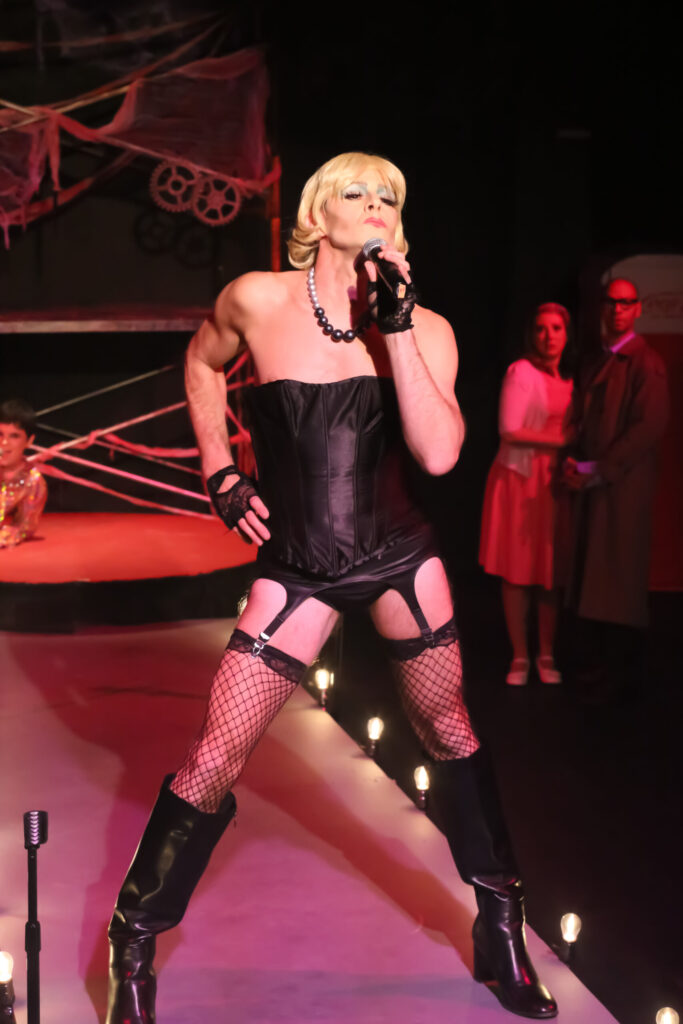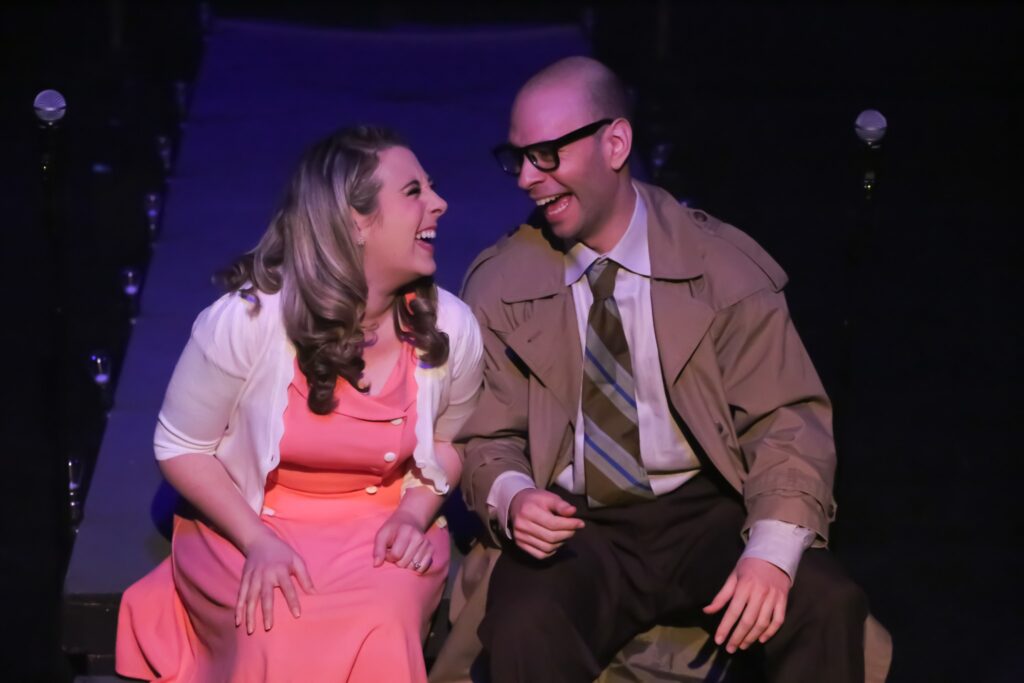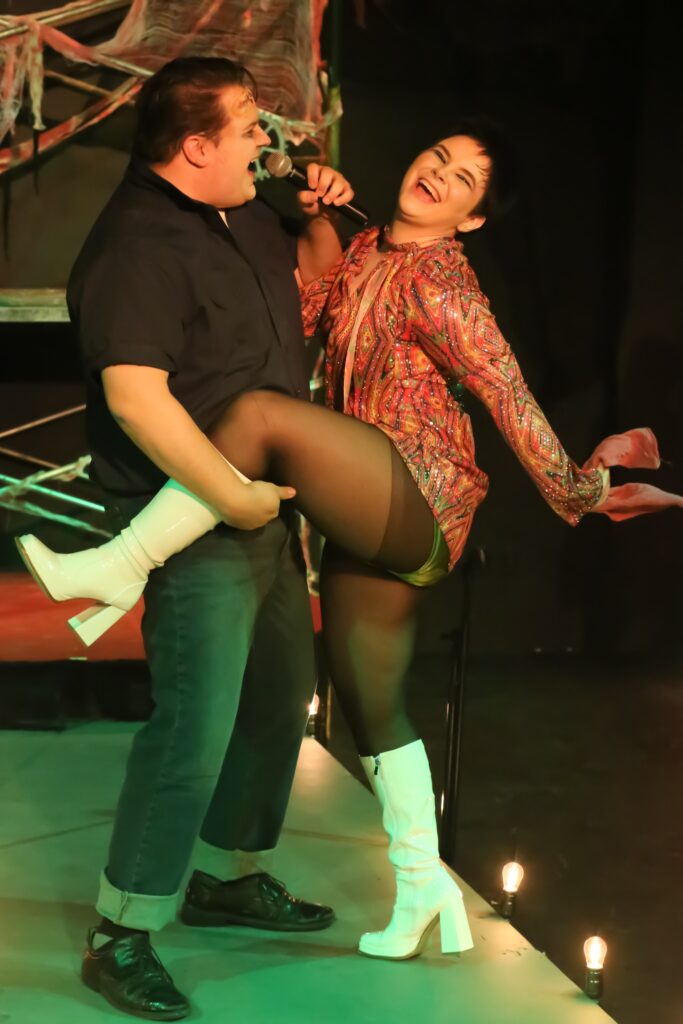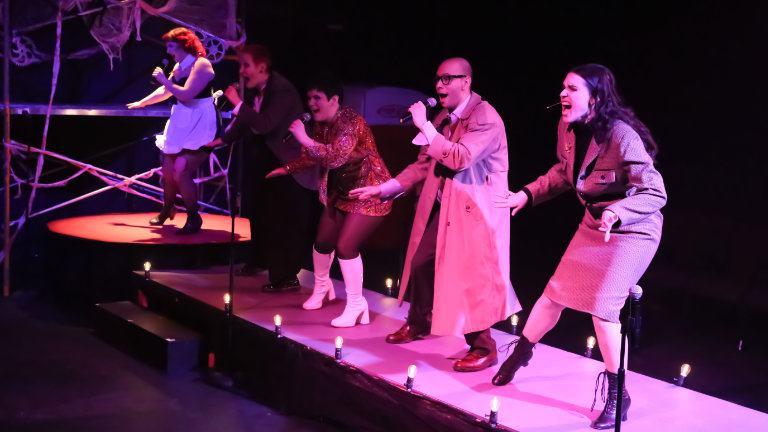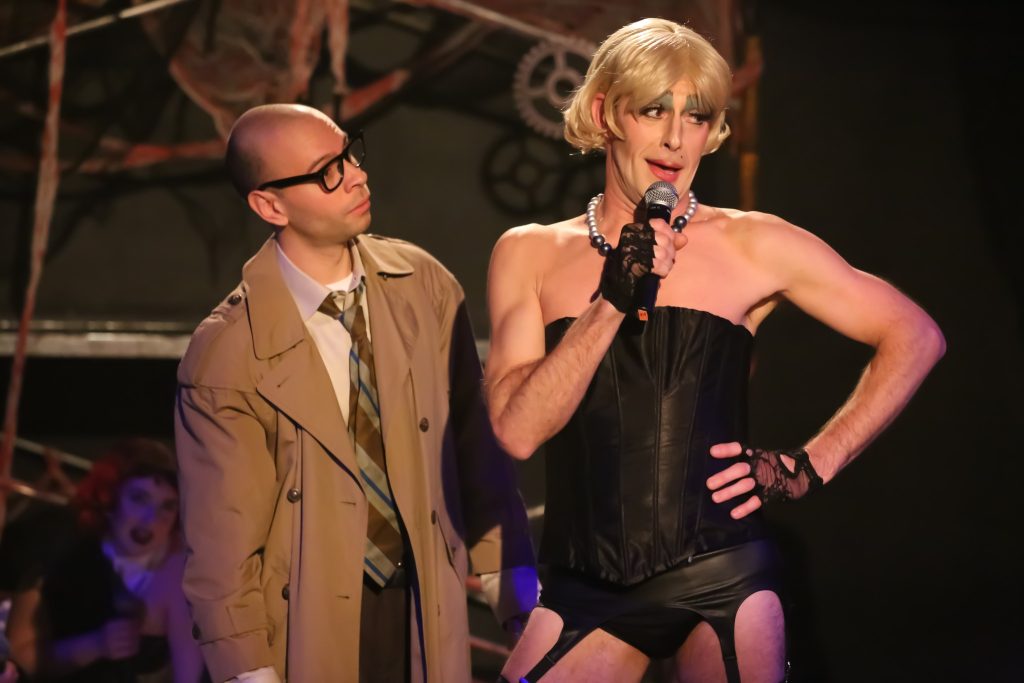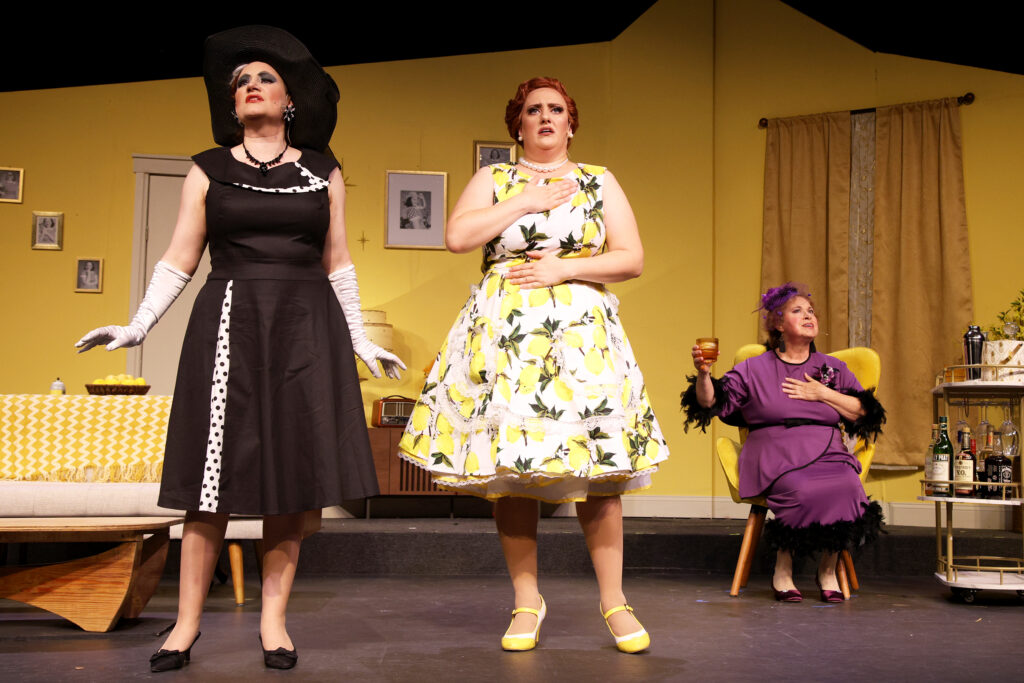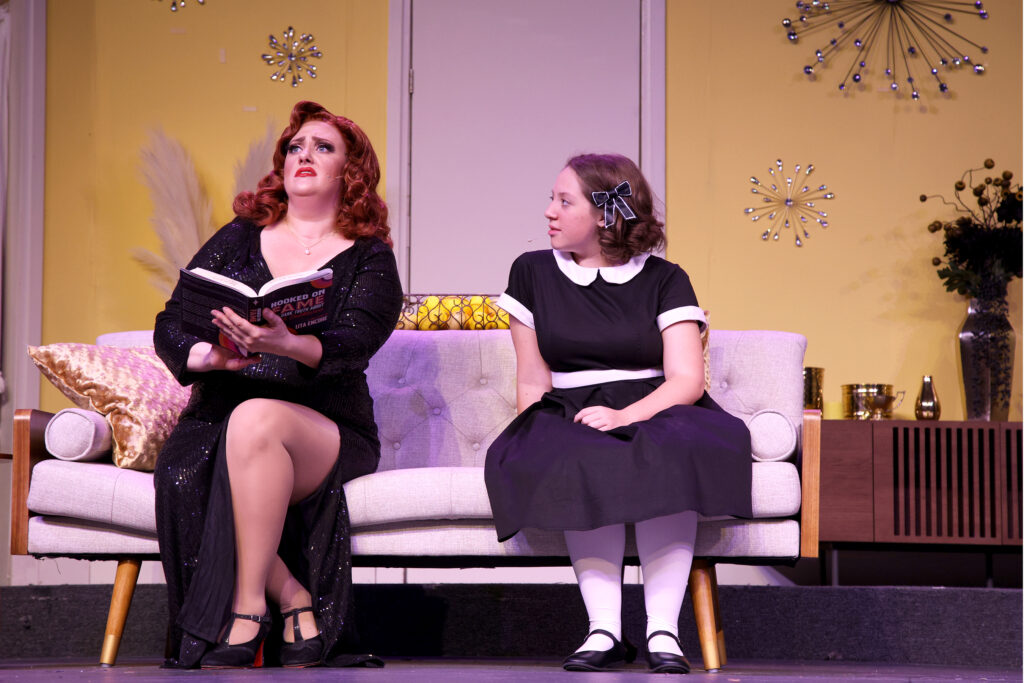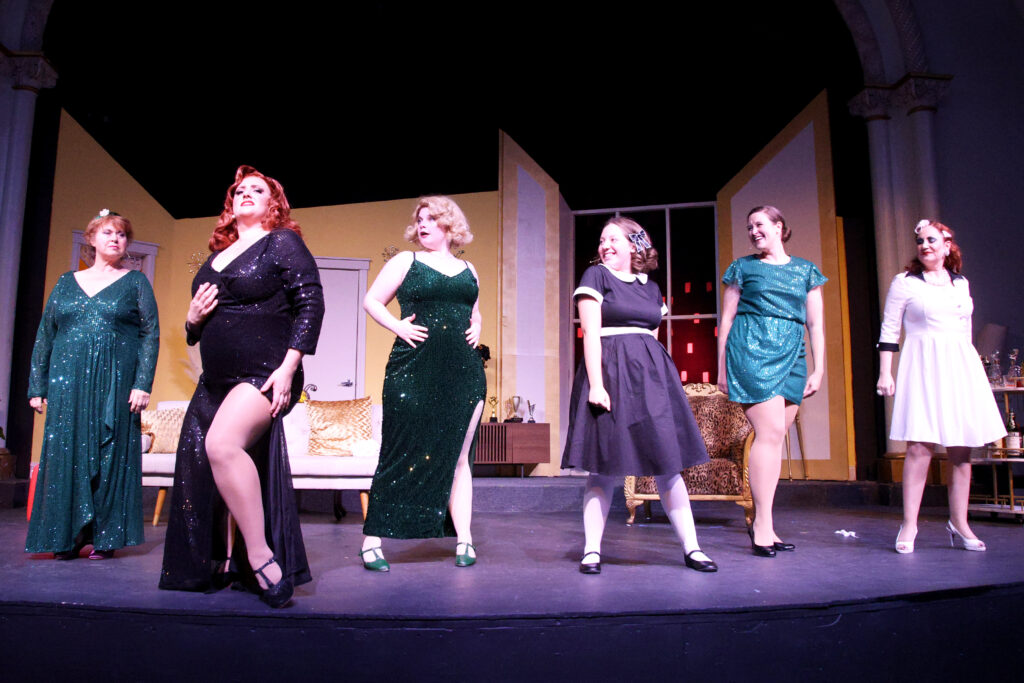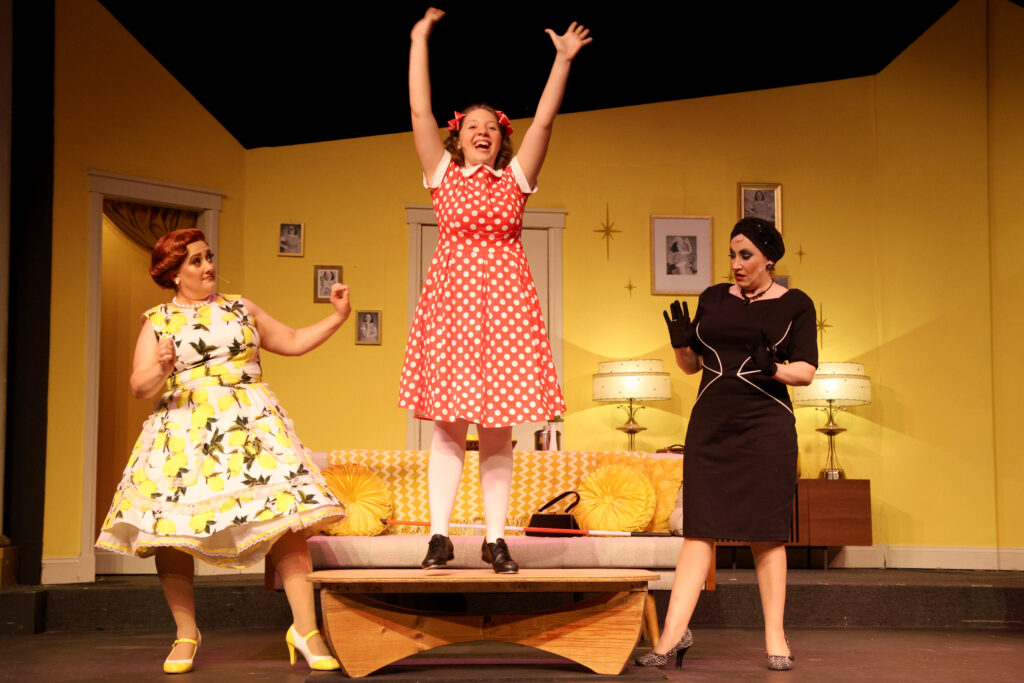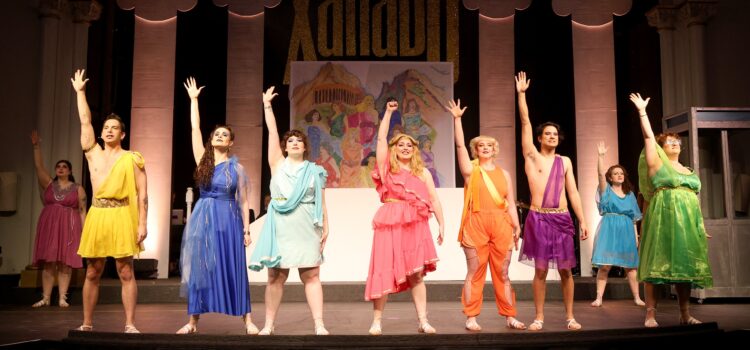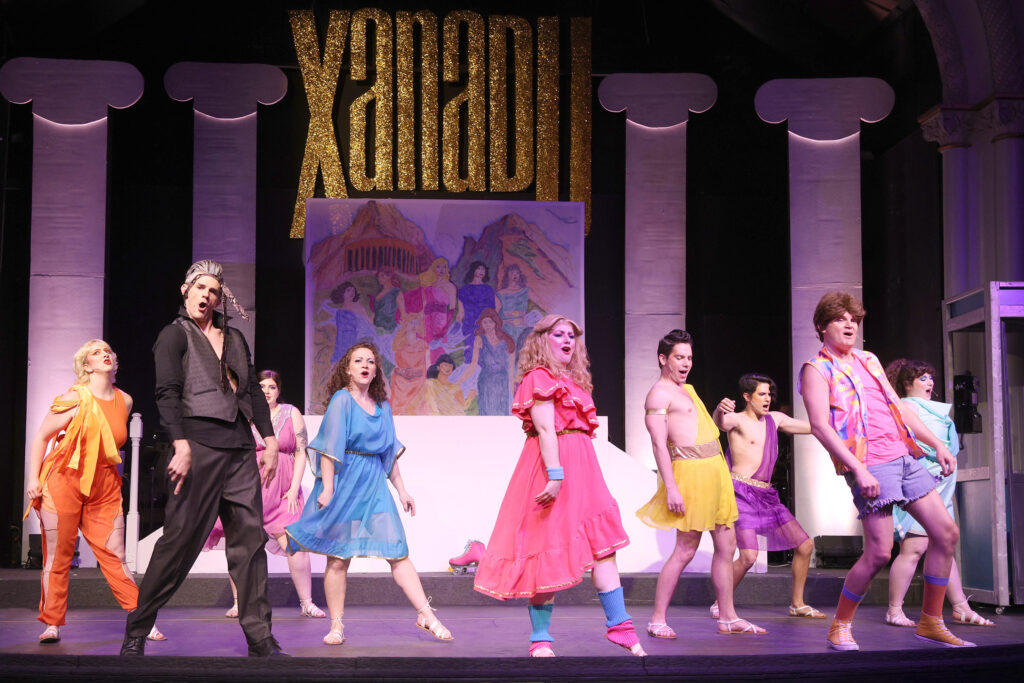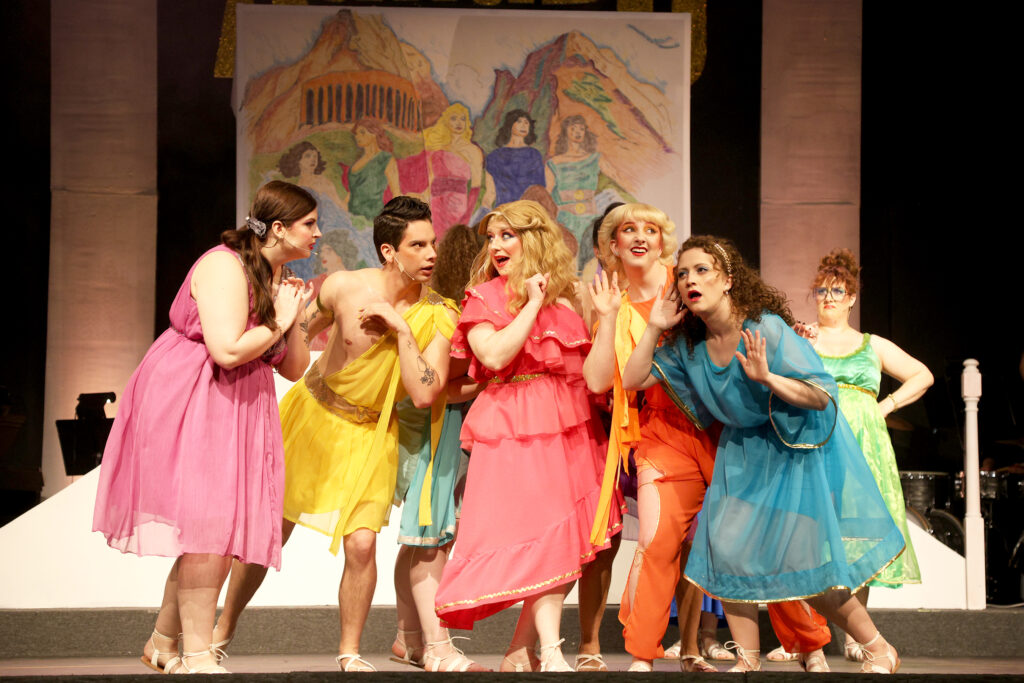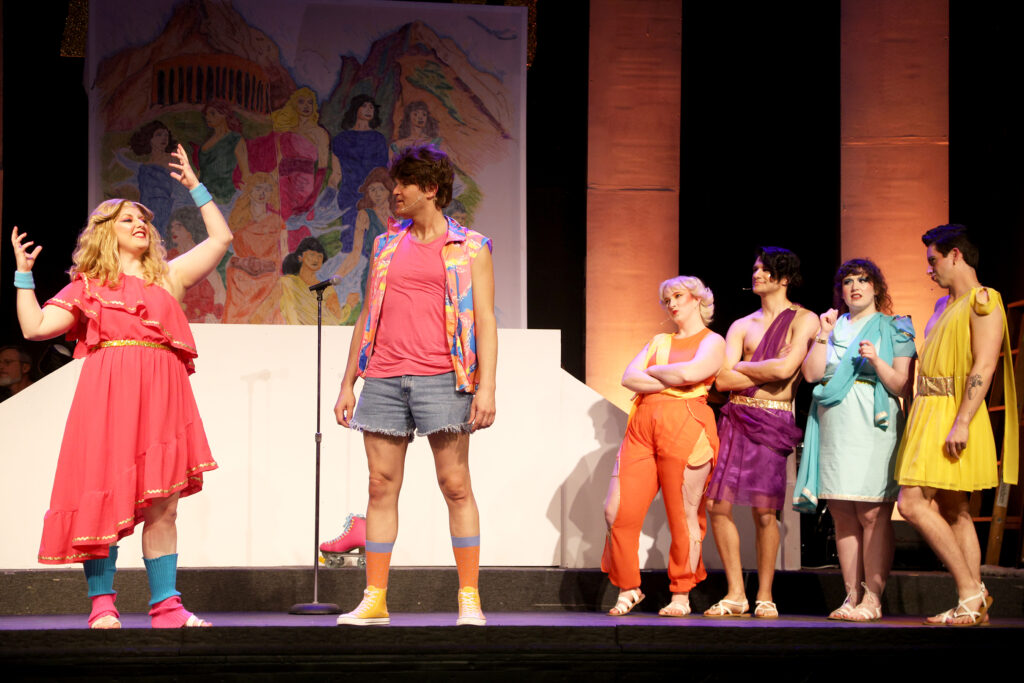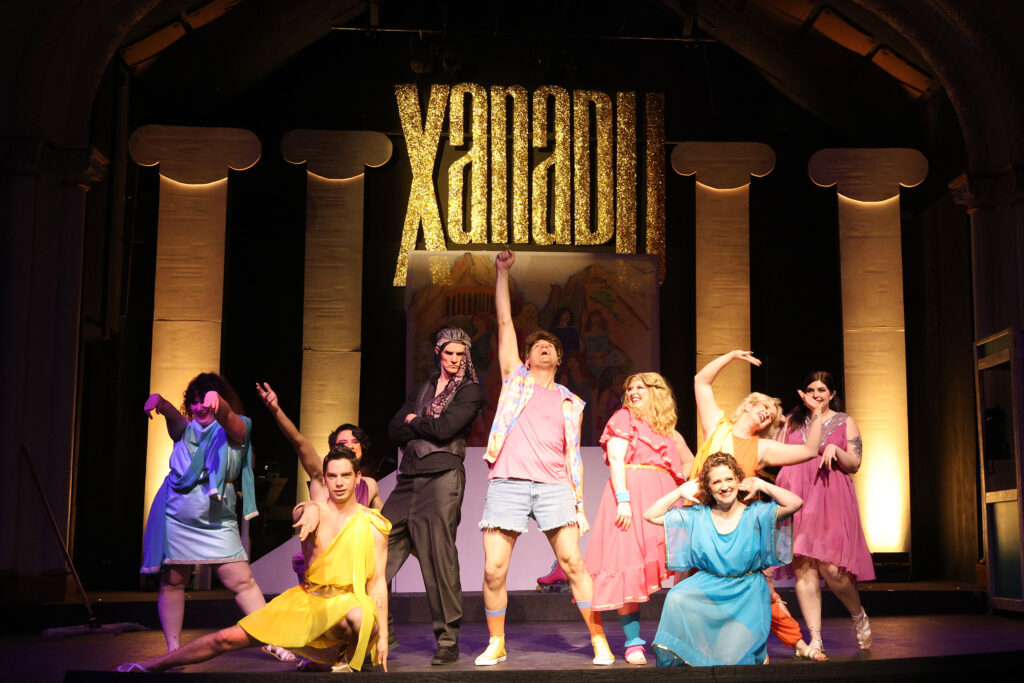Before it became a feature film starring Anna Kendrick and Jeremy Jordan, The Last Five Years began as a stirring stage musical that was hailed as one of the 10 best shows of 2001 by Time magazine. Told through inventive and heartrending songs, The Last Five Years is a two-person show that navigates the ins and outs — and beginning and ending — of a marriage.
Written by Tony Award-winning composer Jason Robert Brown (Parade), this Drama Desk Award winner is the story of a couple’s five-year relationship, from the thrilling pangs of new love to their final separation. There is, however, a twist: the husband retells the relationship from beginning to end, while the wife relates their story in reverse. The two characters’ emotional timelines converge only once — at their wedding in the middle of the show. he Last Five Years
Performances are July 10-12 and July 17-19 at 7:30 p.m. and at 2 p.m. at July 13 at the Bluff Street Theater, Hannibal, Mo. Tickets are free and should

Camden Scifres is playing Jamie Wellerstein and Eileen Engel is Catherine Hiatt. The musical is directed by Clark A. Cruikshank, with music direction by Randon Lane. The costume design is by Eileen Engel and the set design by Tim Callahan.
The theater’s artistic director is Jayme Brown.
The show is performed in the 90-seat theater and has been free admission since 2021. Concerned with the national decline in attendance at live performances of all kinds, Bluff City Theater made the decision to eliminate the financial barrier to attendance as a means of attracting greater audience diversity. The loss in paid admissions is offset by an increase in personal donations, corporate sponsorships, grants and other fundraising activities.
The show is recommended for audiences age 13 or older. The running time is 90 minutes without intermission.
The off-Broadway show received four nominations from the Drama Desk Awards – Outstanding Orchestrations, Set Design (Beowulf Boritt), Outstanding Actor in a Musical (Norbert Leo Butz) and Outstanding Actress in a Musical (Sherie Rene Scott).
For more information, visit https://bluffcitytheater.com or call Tel: 573.719.3226.

“Let it in and it knocks you back on your heels. Just like love.” — Rolling Stone
“Bittersweet and nearly perfect, Brown has come up with a winning combination of music and book…” — Variety
“Music, words, and performance meld into a spectrum of clashing emotions…”- New York Times
About Bluff City Theater
Bluff City Theater is based in Hannibal, Mo., and was founded in 2013. It is the brainchild of Joe Anderson and Wesley Yargus.
An artist-driven theater company we place an emphasis on literary works that bridge the gap between books and stage. While not exclusively limited to literature, our goal will be to explore the written word through stage adaptation.
While we are primarily a producing company, we may from time-to-time present other works consistent with our artistic mandate. We seek to enhance the quality of life for residents of North-Eastern Missouri and Western Illinois by producing high-quality performances employing the best actors, directors, musicians and technicians available in an intimate setting. We commit ourselves to developing new works as well as reviving old favorites, especially those that may be forgotten, under-performed or under-appreciated.
First and foremost, we seek to entertain but our mandate extends to educating audiences and fostering a larger discussion around the works and their themes and an appreciation of the role live theater plays in propagating ideas and public discourse. As an ancillary to the primary goals, we partner with the larger arts community to, when appropriate, foster a broader exploration of themes using other forms like lecture, film and the visual arts.
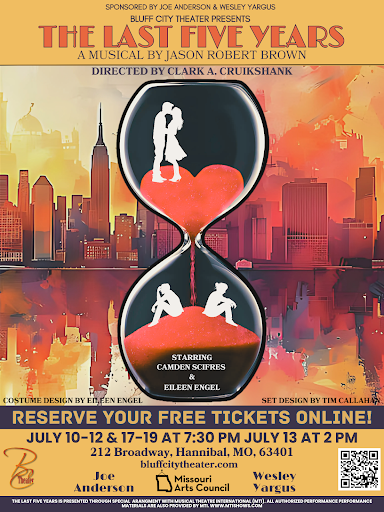
As of 2024, BCT has produced 40 plays including three world-premieres, two American premieres of foreign works, one outdoor production and three environmental productions where local landmarks were transformed, temporarily, into performance spaces.
Directors come from across North America. Our professional actors, while primarily St. Louis-based have also come from Los Angeles, New York City and Toronto. For at least one production a year, we put local children and youth on stage with professionals.

The renovated theater, at right.

Lynn (Zipfel) Venhaus has had a continuous byline in St. Louis metro region publications since 1978. She writes features and news for Belleville News-Democrat and contributes to St. Louis magazine and other publications.
She is a Rotten Tomatoes-approved film critic, currently reviews films for Webster-Kirkwood Times and KTRS Radio, covers entertainment for PopLifeSTL.com and co-hosts podcast PopLifeSTL.com…Presents.
She is a member of Critics Choice Association, where she serves on the women’s and marketing committees; Alliance of Women Film Journalists; and on the board of the St. Louis Film Critics Association. She is a founding and board member of the St. Louis Theater Circle.
She is retired from teaching journalism/media as an adjunct college instructor.

